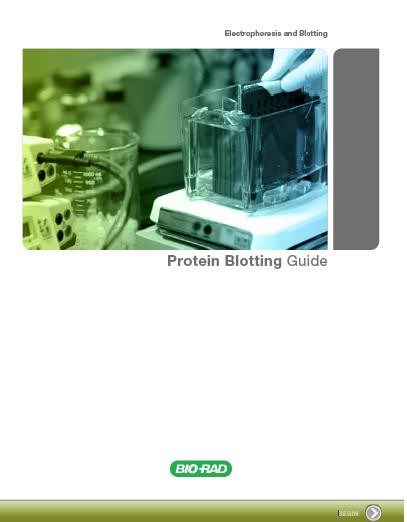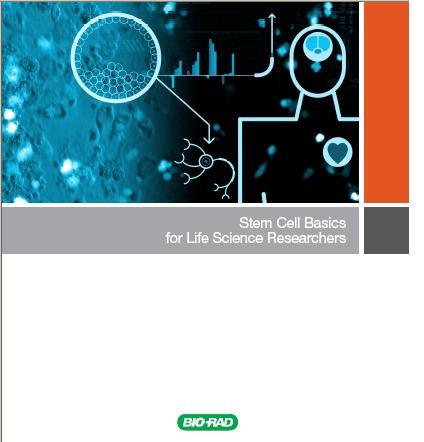For any quantitative immunoassay, the distinction between the dynamic range of an assay versus working range of an assay is an important consideration. Many believe the working range of an assay and the dynamic range of an assay are one and the same. However, this is not the case. Here we discuss the distinction between these two terms.
For quantitative immunoassays the dynamic range of an assay is described as the lowest to the highest concentration of an analyte that can be reliably detected by the assay. This is sometimes referred to as the lower and upper limits of detection (LLOD and ULOD, respectively). Although signal is detected, the accuracy and precision of this number may vary beyond what is acceptable to report as an accurate measure of the concentration of the target. Although still a useful measure, dynamic range is not as rigorous a measure of the true range of the assay.
For most labs, the working assay range is a more meaningful measure of the upper and lower limits of quantitation (ULOQ/LLOQ) of an assay. The working range of an assay is commonly defined as the range over which analyte concentrations can be quantitated with acceptable precision and reliability. Because this is a stricter measure and requires both sensitivity and accuracy, the working range is typically narrower than the dynamic range. However, it is a more reliable measure of the true range of concentrations that can be accurately quantitated.
As compared to the dynamic range, the values associated with working range of an assay are both precise (defined as how reproducible multiple measurements or calculations are) and accurate (defined as how close a measured or calculated quantity is to its true value).
Bio-Rad Laboratories is a leading provider of instrumention and assays for performing quantitative immunoassays. Bio-Rad’s Bio-Plex instrument is a powerful system for quantitative analysis of up to 100 different proteins, peptides, DNA fragments and RNA fragments from a single drop of sample.
To learn more be sure to view the following Bio-Plex tutorial videos posted right here on the American Biotechnologist.
A powerful system for multiplex analysis
Programming Bio-Plex Manager software
Analyzing Bio-Plex experimental data
















